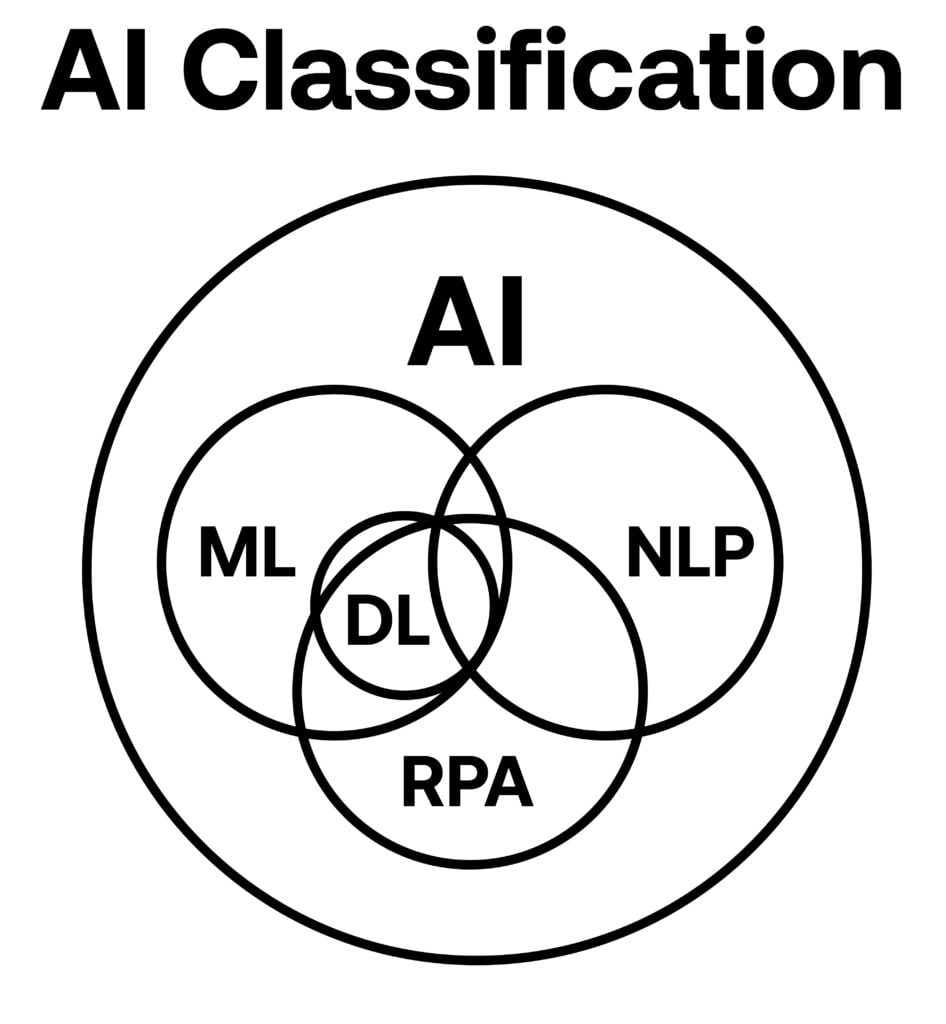
Growth, automation, speed, insight; generative AI is pretty cool tech. It can also be a pretty confusing tech. Who hasn’t nodded along when it gets just that bit baffling?
But baffling or not, AI helps you do what you do. Only better.
As generative AI becomes more and more ingrained in the commercial insurance landscape, carriers must position themselves with agility and be ready to respond. How will generative AI reshape claims, pricing, distribution, underwriting? Insurance execs must define what factors will contribute to the change and build the subsequent culture, skills, and talent whilst embracing emerging technologies.
Insurance is a hugely competitive landscape, and we are standing on the brink of a new digital era brought about by Covid-19 which has rapidly accelerated digitisation. You need to move fast, evolve, and cement your place in the insurance industry of the future. Data abounds and is increasing exponentially allowing insurers to evaluate risk, improve profitability, enhance customer experience, reduce fraudulent claims, consolidate data silos and respond on the move to moving customer demands.
There’s a lot of generative AI terms bandied about, but above and beyond a chat with Siri (or Alexa), how familiar are you with generative AI, its jargon, and what it can really do for your business?

The Top AI Terms in Insurance:
- Artificial Intelligence (AI)
So, what is AI, exactly? From personal assistants through to self-driving cars, AI isn’t coming, it literally is already here. AI is a branch of computer science that also works as an umbrella term. It’s accurate to think of AI as any kind of computer that performs tasks with typically ‘human’ qualities. AI is intelligence demonstrated by machines, unlike our natural human intelligence which involves emotion and consciousness. You could even flip it around and think of it as Intelligent Assistant (IA). Software, for example, can improve itself and learn. This conveniently brings us onto…
- Machine Learning (ML)
Machine learning is the study of computer algorithms that improves through experience and data. A common feature within AI are programs that can teach themselves as they receive more data. A prime example is Netflix. As Netflix “learns” what you enjoy based on your viewing preferences, it makes recommendations. The more you watch, the more data it receives and the more it understands what you enjoy making its suggestions increasingly relevant.
In commercial insurance this approach can be applied to Schedule of Values (SOV) and Bordereaux – as the data is processed with ‘human-in-the-loop’ corrections, the model gets better and better.
- Deep Learning (DL)
Deep learning is a subset of machine learning that uses a specific type of algorithm called neural networks. Neural networks are capable of learning from data that is unstructured or unlabelled and are based on layers of connected nodes inspired by the structure of neurons in the human brain. A common use of deep learning is image classification. This is a difficult task for a computer but very simple for a human hence it falls under AI. Let’s imagine a deep learning algorithm is fed a set of labelled images of cats and dogs. It can then analyse patterns and identify whether a new image is a cat or a dog.
Practical examples of deep learning include virtual assistants, vision for driverless cars, face recognition, and many more. In commercial insurance, for example, we use deep learning to spot patterns in claims data that can assist with improving the rating.
AI, ML, and deep learning are frequent inhabitants of our everyday lives conducting laborious tasks that would take human days, weeks, or even years in a matter of seconds. Deep learning requires significant data and is a frequent foundation behind many powerful AI programs.
- Natural Language Processing (NLP)
Natural Language Processing is a branch of AI that deals with the interaction between computers and humans using “natural language.” For example, Alexa and Siri process and analyse huge amounts of natural language data and respond accordingly. The key task of NLP is to read, decipher, understand and make sense of the language in a valuable manner. Chatbots, eCommerce – you chat to NLP programs a lot.
In commercial insurance, NLP is useful for reading documents and contracts such as MRCs. Research is even underway to have Natural Language Processing assist in predictive police work identifying motives in crimes. We can expect NLP to become even more influential and prevalent in everyday business in the very near future.
- Robotic Process Automation (RPA)
Robotic Process Automation involves cool robots but probably not the kind you are conjuring up in your mind. These are metaphorical software robots and RPA mimics the way humans interact with software robots to perform high-volume, repeatable tasks. As well as reducing human error, RPA takes over mundane, repetitive tasks and frees up the workforce for more high-level work – think of this as automating and accelerating non-value-add tasks for insurance professionals. RPA is increasingly used to input and streamline insurance claims and other processes and is much faster than we could ever hope to be.
AI – the future is here
AI isn’t just another overhyped tech that won’t live up to expectations. It will, and is, changing the commercial sector in a meaningful way. Advanced technologies and data are already affecting distribution and underwriting, with policies being priced, purchased, and bound in near real-time. Question is: are you ready to enhance your business and take a front seat in the future?
Author info: Matt McGrillis – CTO and co-founder at Send. To get in touch with Matt and find out more about Send, you can find him on LinkedIn.